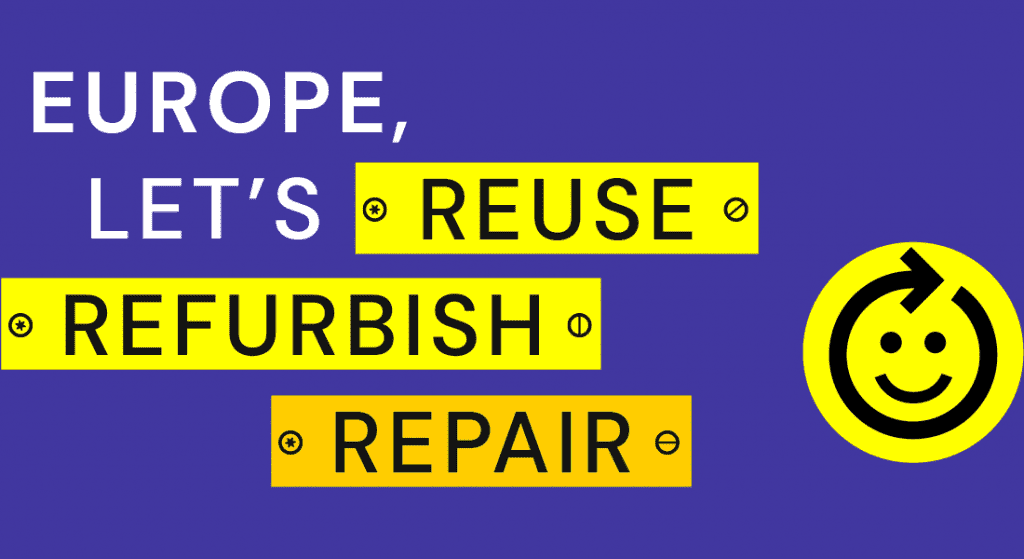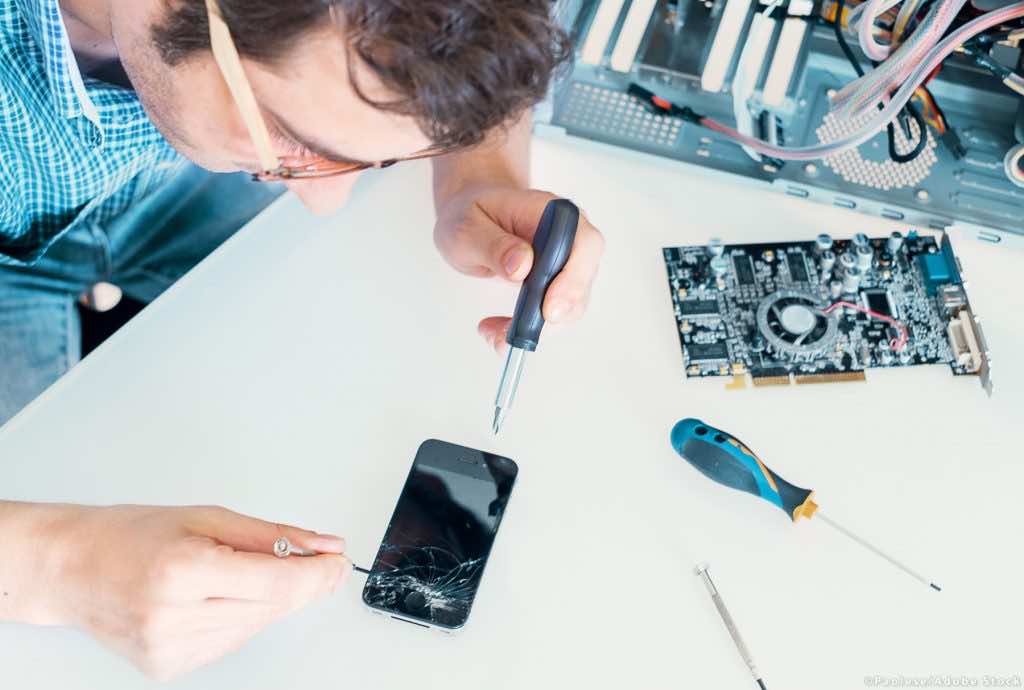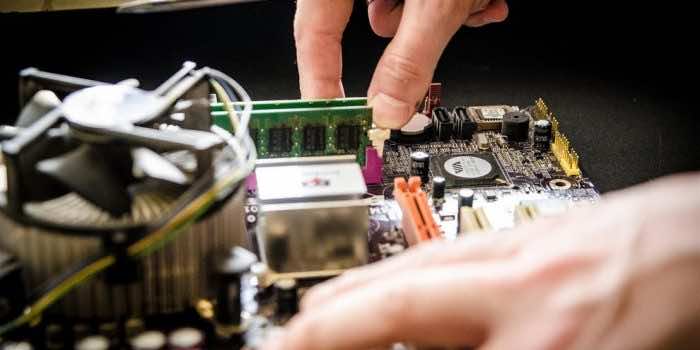Companies that develop electronic goods like refrigerators, washers, TVs, or hairdryers in the European Union will have to abide by the latest instruction to produce electronics easily repaired with conventional tools for up to ten years.
This change is a direct result of legislation passed at the European Parliament. The parliament members have voted in favor of developing stricter rules on the right to repair.’ The vote comes as a direct relief on the rising problem of electrical waste caused by greater manufacturing.

We know that U.K has left the EU. However, they still would have to abide by the union’s standards to trade with 27 nation bloc.
A guy named Daniel from the environmental group runs several repair cafes in Berlin for fixing broken appliances, said, “This is really a big step in the right direction because modern appliances are more like disposable devices, once an issue is triggered, you can’t open them for repairs.”
More campaigners in favor of the bill said, “Lack of spare parts is another problem. Sometimes a single broken tooth on a tiny plastic sprocket can throw a proverbial wrench in the works.”
Explaining more on the issue, Affelt said, “People want to repair their appliances. When you tell them that there are no spare parts for a device that’s only a couple of years old, then they are obviously really frustrated by that.”
Despite instructing to build electronics that can easily be repaired, the new bill also directs manufacturers of producing enough spare parts for their produced electronic devices so that there are more chances of fixing an appliance rather than buying a new one. Moreover, some spare parts will only be available from professional repair companies, so correct installation is ensured.
The bill comes as a way to aid in ensuring a better environment. It clearly states of developing consumer electronics in a way that it could be dismantled if something breaks beyond repair. This will help in ensuring improved recycling hence sustaining the environment better.
According to a survey, Europeans produced approximately sixteen kgs of electrical waste per person in a single year. Nearly half of that electrical waste is formed due to broken household devices. It is alarming that only forty percent of that waste is recycled. The rest stays at different places, posing potentially hazardous risks.

Svenja Schulze, Germany’s environment minister, said, “In a next step, manufacturers should have to state how long a product is expected to work for and repair it if it breaks down earlier. This would encourage companies to build more durable products.”
Affelt said, “We can witness this in many of the repair shops that electronic devices break shortly after their warranty expires. Knowing an appliance will really last for a decade might prompt consumers to choose products that are more durable or can be easily fixed.” Some environmentalists also stated that electronic device manufacturers build their devices to be repaired, increasing their profit ratios.
Consumer rights groups and environmentalists want smartphones, laptops, and several other electrical devices designed to be included in the right to repair’ devices.

Catering to the growing demand for ‘Right to repair,’ Apple announced last year that they would start training individuals from repair cafes to repair their devices, including Mac computers. They said that the spare parts would be ensured in abundance too.
The right to repair bill has been in conversation for quite a while now, where the U.S has already introduced it in various state legislatures, which have gained them major bipartisan support. However, there is no national measure in force to make sure the bill is in effect.
The bloc’s ecological plan directive — of which the “right to repair” requirement is a part — will also improve existing energy labels that describe how much electricity is consumed by washing machines and other electronic appliances. The new seven-step scale from A to G will be supported by a QR code that will give consumers further information on the electronic devices.


